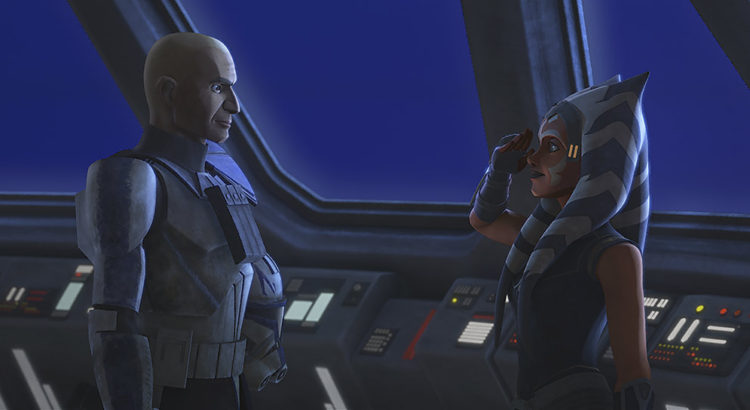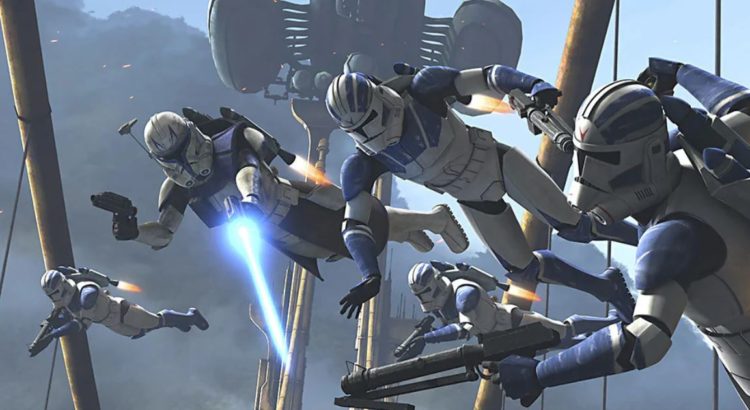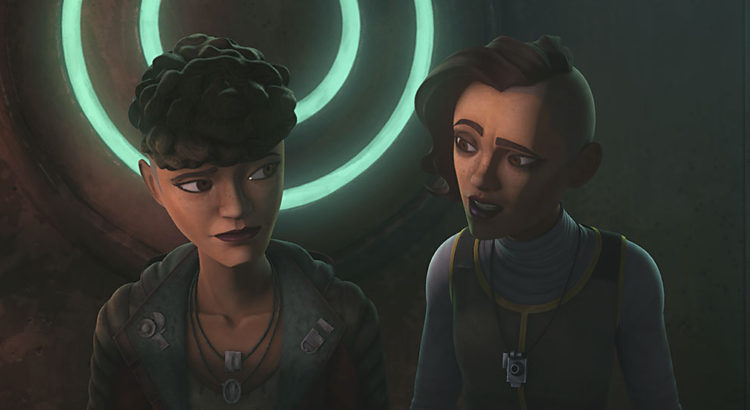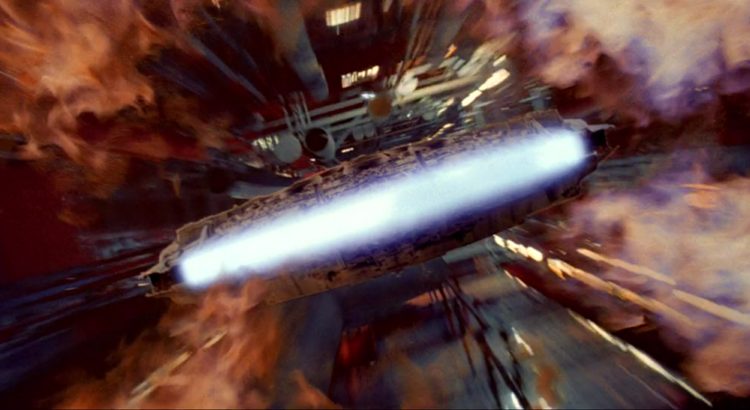What a journey we’ve had from 2008 to now! Through a cancellation, a surprise release of a sixth season and story reels, and a few arc adaptations to comics and books, The Clone Wars has at last reached the finale that we’d been teased about for years. Staff writers Ben Wahrman, Sarah Dempster, and myself (Abigail Dillon) got together to talk about following the show over the years and how we felt it ended.
Sarah: Hilariously, what got me to actually watch TCW was learning that Maul was coming back. I loved the character but didn’t want to jump in in the middle of Season Three so I figured I should start from the beginning. I was in high school when the movie came out and I mostly ignored it; I was in a lull in my Star Wars fandom and some random cartoon movie didn’t interest me. And I regret to say that I was definitely one of those “too cool for school” fans who thought Ahsoka was annoying, the show was dumb because Anakin had a Padawan, etc. etc. It wasn’t until the whole show was on Netflix (and had been canceled in the wake of the Disney acquisition) that I really started watching it while I worked on costumes in the lead-up to Celebration Anaheim in 2015. But I still think it’s funny that my interest in it started out purely because of Maul; my brand is strong!
Abigail: Look, if fandom isn’t about being On Brand, then what actually is its purpose? For me, getting into TCW was a way for my brothers and I to reconnect when they came back from college over Christmas. We set up a laptop to watch the show on StarWars.com as we built a blanket fort and played with LEGOs. That’s really my earliest memory of watching it, and while I liked it, liked Ahsoka and Rex, and caught up with it all when it was on Netflix, I didn’t become a massive fan until “Twin Suns”. That got me back into Star Wars as a whole in a big way and turned me into a Maul fan so…I guess Maul’s to blame for two of us being here.
Read More




